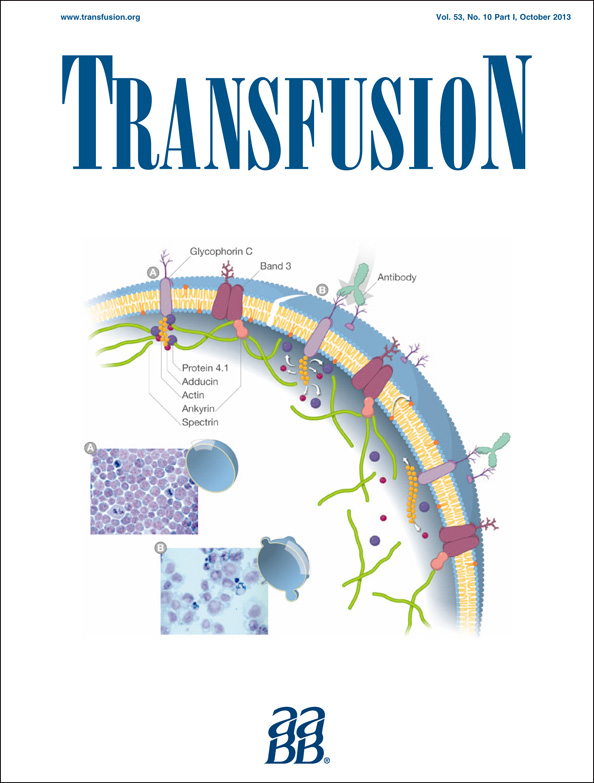Establishment of an unrelated umbilical cord blood bank qualification program: ensuring quality while meeting Food and Drug Administration vendor qualification requirements
Abstract
Background
Qualification of a cord blood bank (CBB) is a complex process that includes evaluation of multiple aspects of donor screening and testing, processing, accreditation and approval by professional cell therapy groups, and results of received cord blood units. The University of Minnesota Medical Center Cell Therapy Laboratory has established a CBB vendor qualification process to ensure the CBB meets established regulatory and quality requirements.
Study Design and Methods
The deployed qualification of CBBs is based on retrospective and prospective review of the CBB.
Results
Forty-one CBBs were evaluated retrospectively: seven CBBs were disqualified based on failed quality control (QC) results. Eight CBBs did not meet the criteria for retrospective qualification because fewer than 3 cord blood units were received and the CBB was not accredited. As of March 2012, three US and one non-US CBBs have been qualified prospectively. One CBB withdrew from the qualification process after successful completion of the comprehensive survey and subsequent failure of the provided QC unit to pass the minimum criteria. One CBB failed the prospective qualification process based on processing methods that were revealed during the paper portion of the evaluation.
Conclusions
A CBB qualification process is necessary for a transplant center to manage the qualification of the large number of CBBs needed to support a umbilical cord blood transplantation program. A transplant center that has utilized cord blood for a number of years before implementation of a qualification process should use a retrospective qualification process along with a prospective process.




